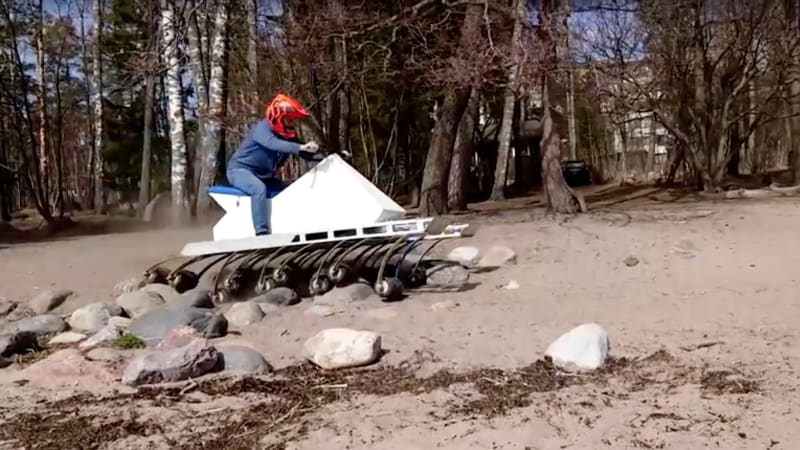The firm forecasts narrower wholesale price declines plus stronger-than-normal seasonal conditions, reflective of demand improving as said declines show up in retail pricing, Smoke said on the call.
Alex Yurchenko, chief data science officer for Black Book, said last month that depreciation could occur in the second half of the year, albeit closer to pre-coronavirus pandemic levels.
Scarcity of used vehicles less than 4 years old will continue to influence pricing.
When the pandemic impaired new-vehicle production in 2020 and 2021, sales into inventory channels that sustained the used-vehicle market — such as leasing and rental and fleet sales — fell dramatically. Though those prime volumes are in recovery, both Smoke and Yurchenko have said evidence of that downturn can be seen in used-vehicle availability this year.
Public dealership group Sonic Automotive Inc. last month cited lower used-vehicle availability as a partial factor in its decision to pare back the footprint of EchoPark, its used-vehicle-only business.
Sonic, like other players in the used-vehicle retail space, has hopes new-vehicle production increases during the next 12 to 18 months will gradually boost used-vehicle availability and improve both profitability and consumer affordability.
However, a possible UAW strike this year might impact new-vehicle production at some automakers, which could force franchised dealerships back into greater reliance on building up and selling from used inventories.
Yurchenko expects available used-vehicle inventory in the wholesale market to remain tight and reach its lowest point around 2025. Smoke’s view is that the wholesale market is in the early stages of recovering to 2018 volumes by 2028.
Ongoing consumer affordability issues and improved new-vehicle competition have stripped the used-vehicle market of some of the demand it saw two years ago. Those factors — as well as uncertainty regarding a U.S. debt default and possible recession — disrupted sales through the first half of the year.
For now, though, it appears conditions that would prompt a wider slowdown in economic activity are not coming together, Smoke said.
Job growth is slowing, though it remains positive, Smoke said. For the U.S. to fall into a recession, the national unemployment rate would need to rise because of job losses, which is not happening and is highly unlikely to happen before year end without a “black swan event” that impacts economic stability, Smoke said.
“The risk of recession remains elevated above what it typically is in any given year, but now it appears concentrated to have an impact in the first three quarters of 2024,” Smoke said.
Section Page News – Automotive News
#Usedcar #market #volatile #supplystrapped













